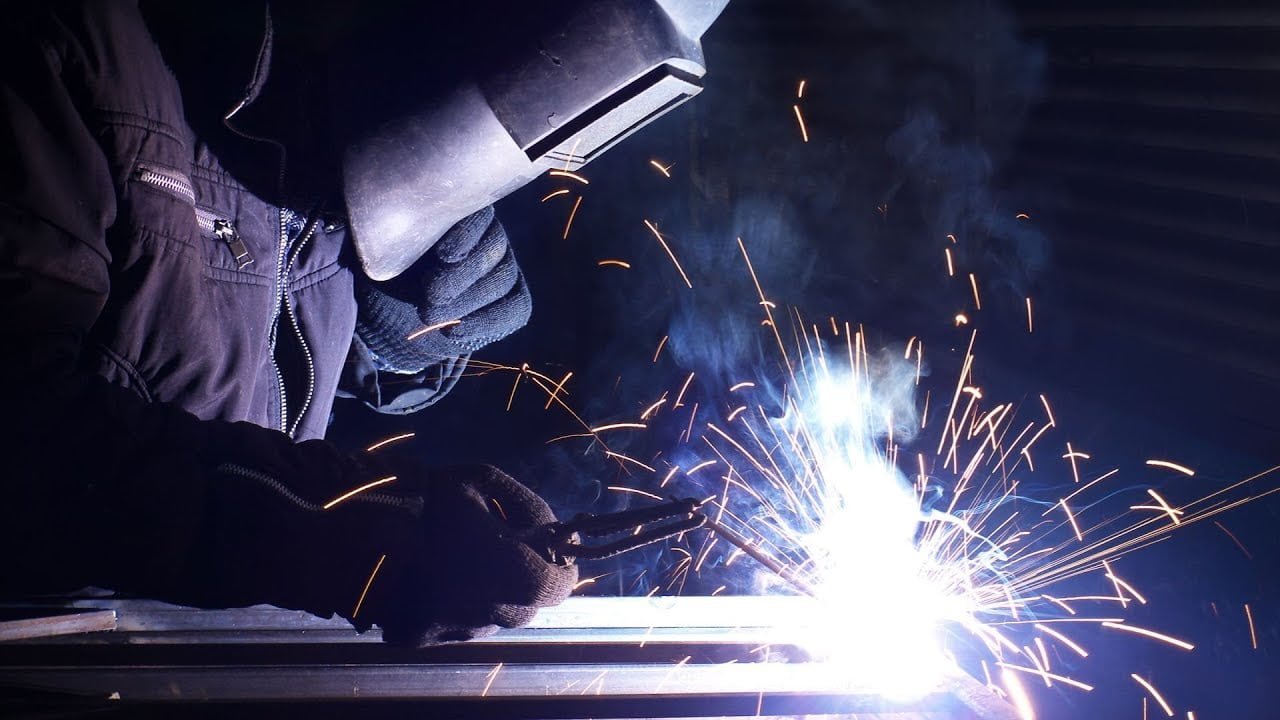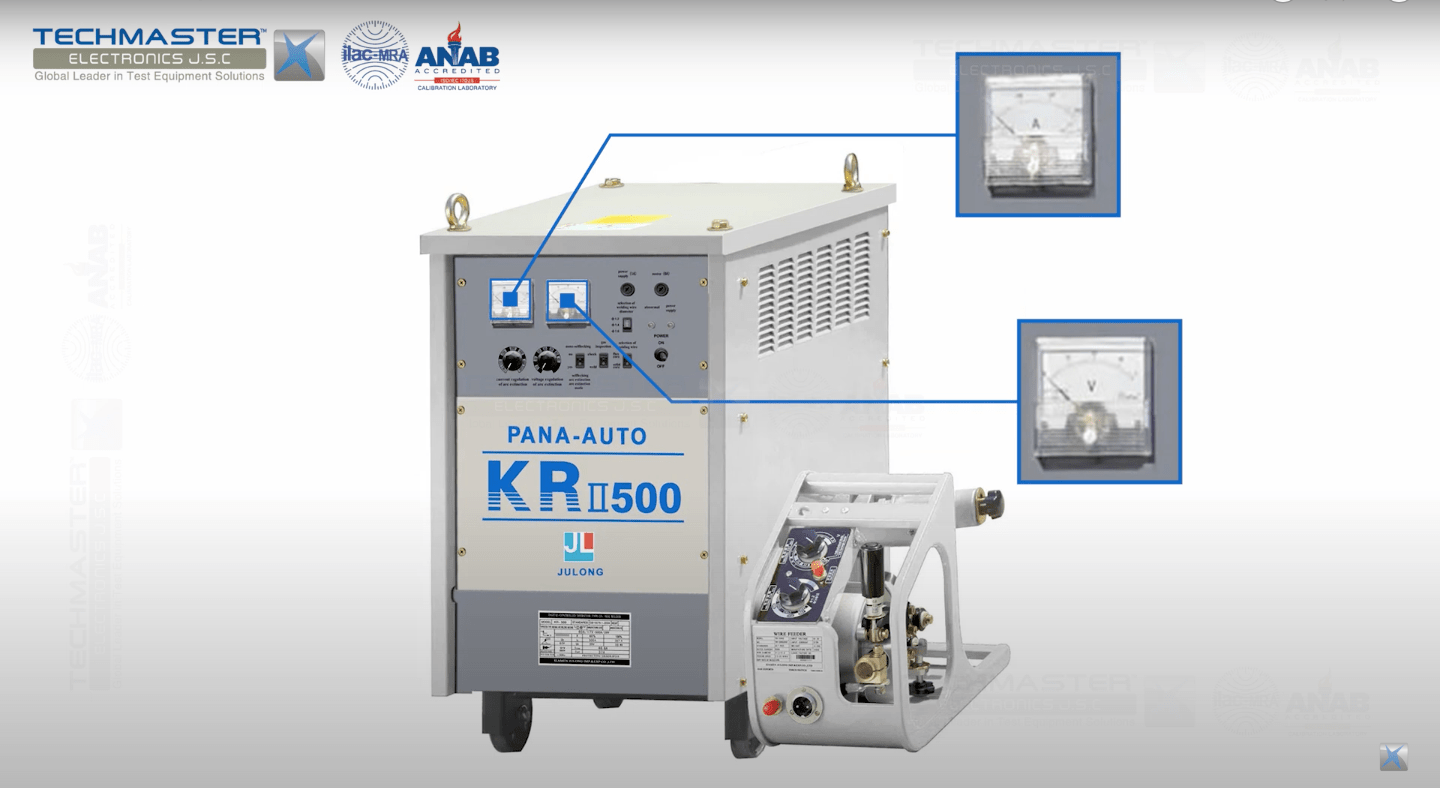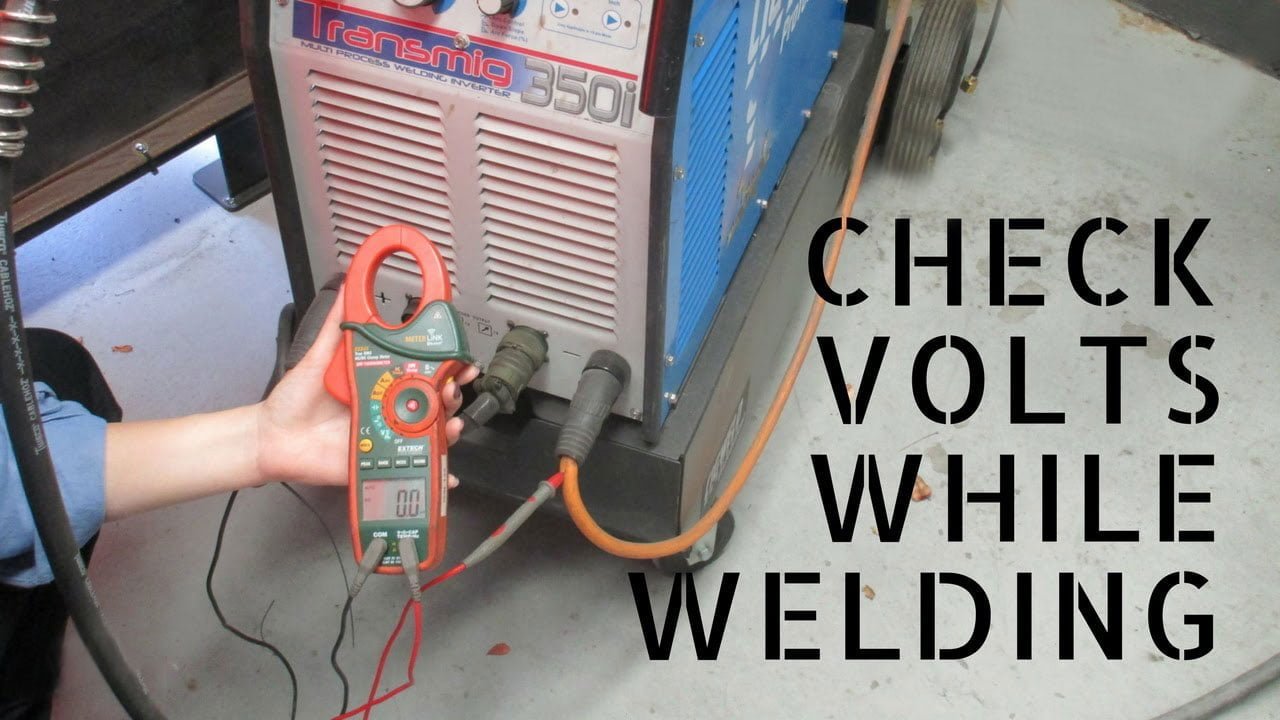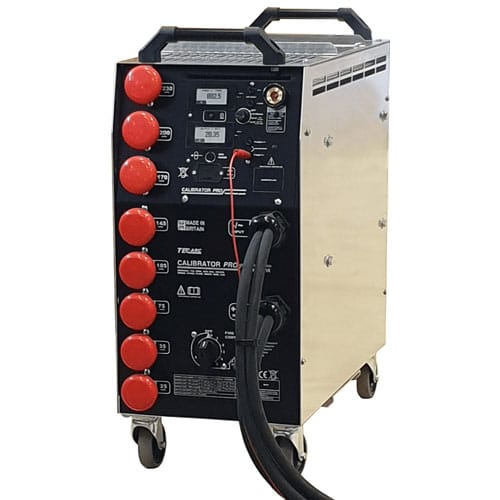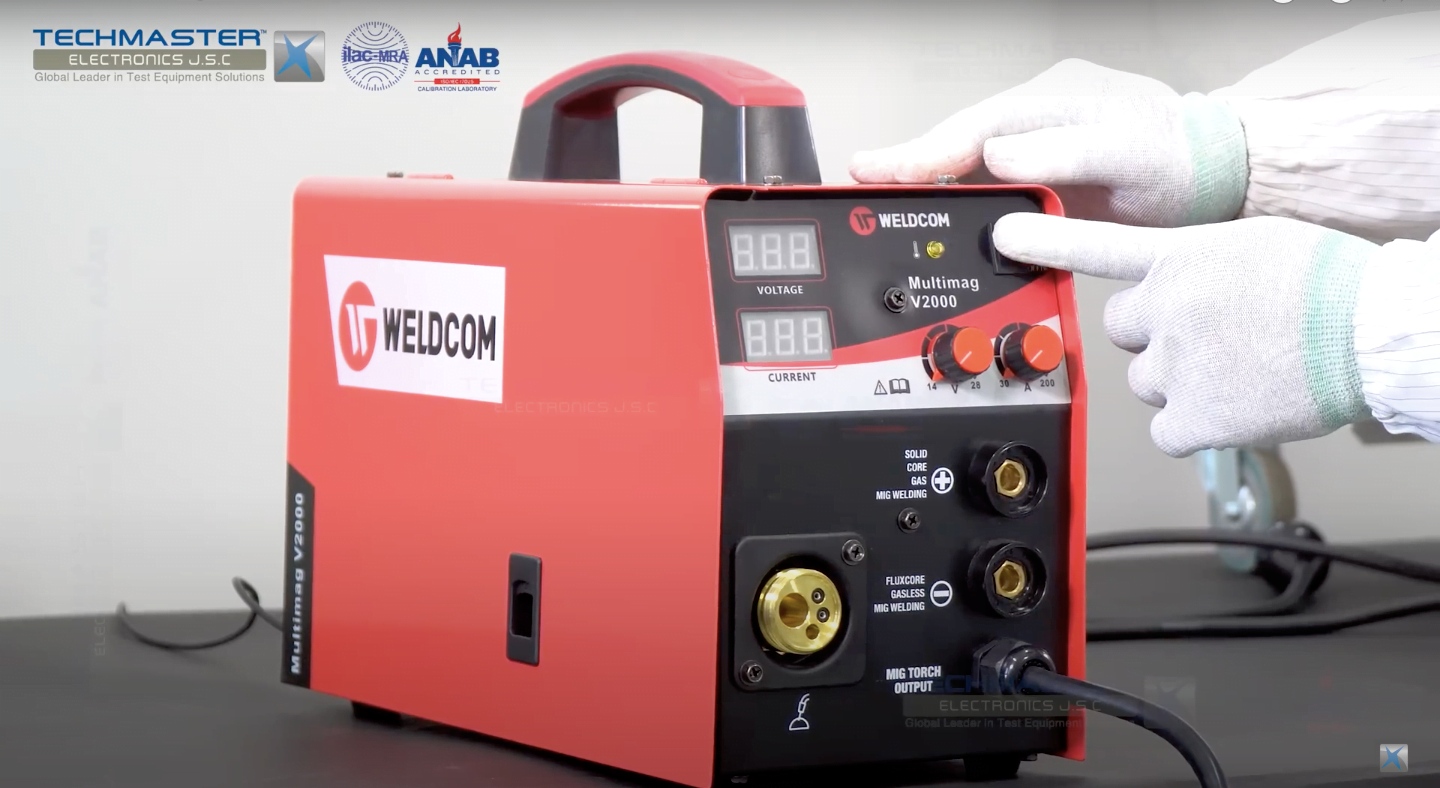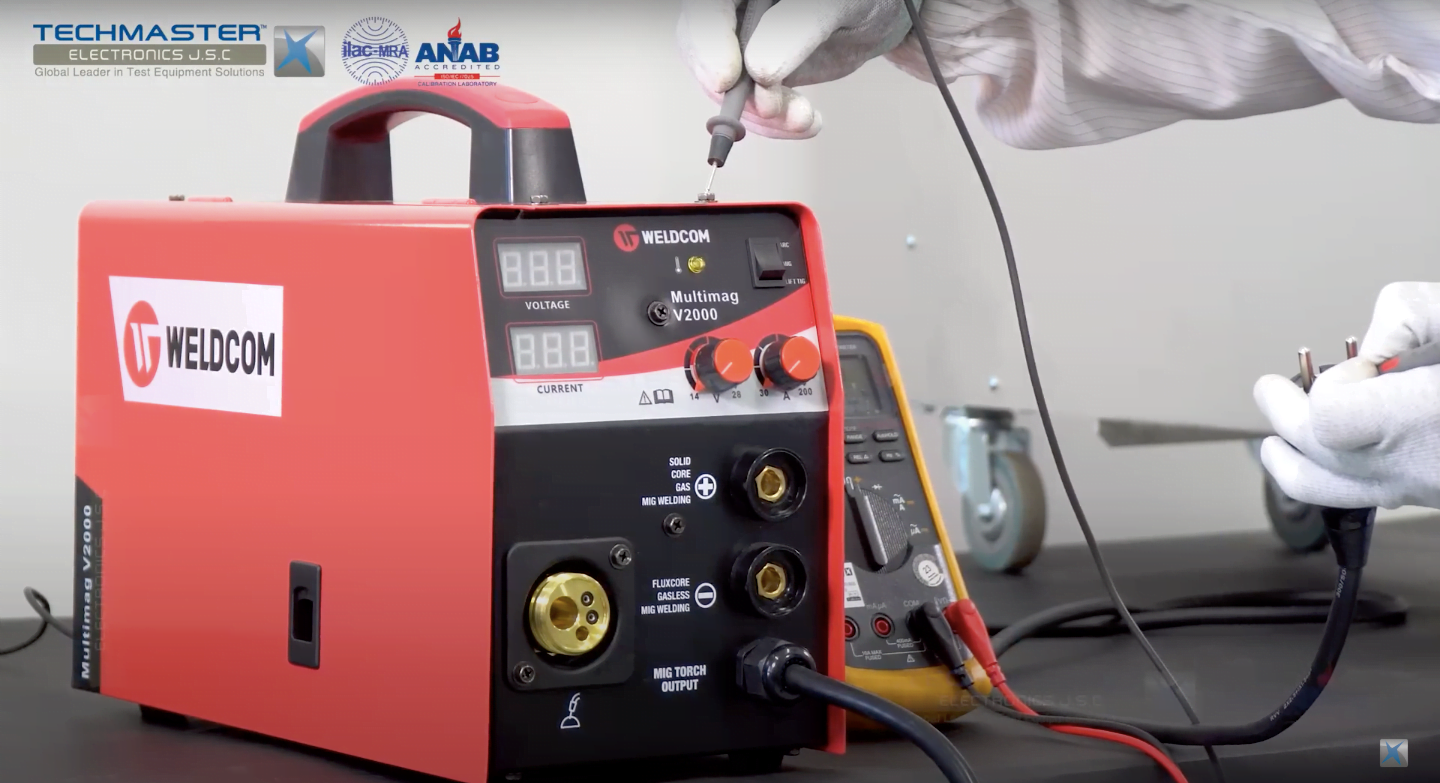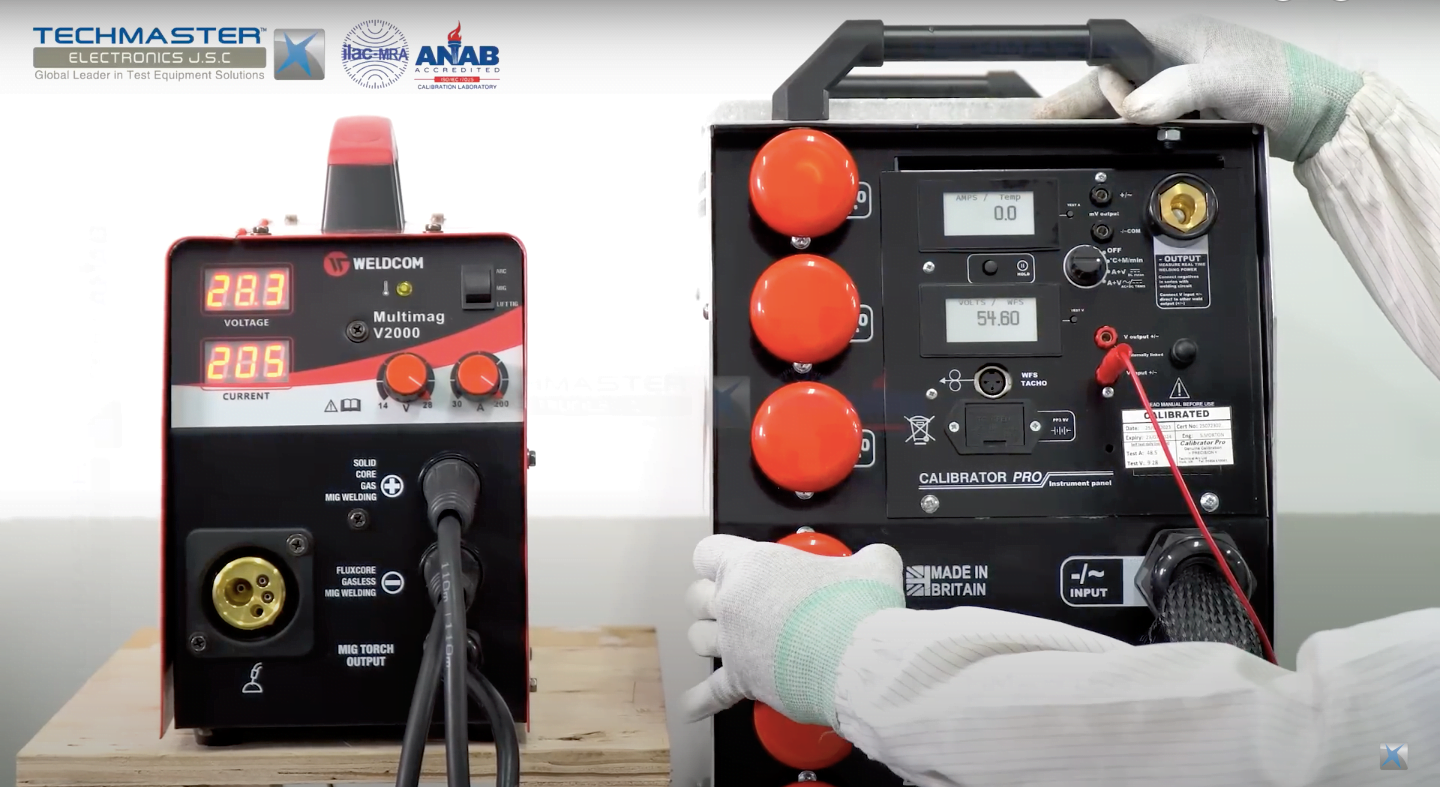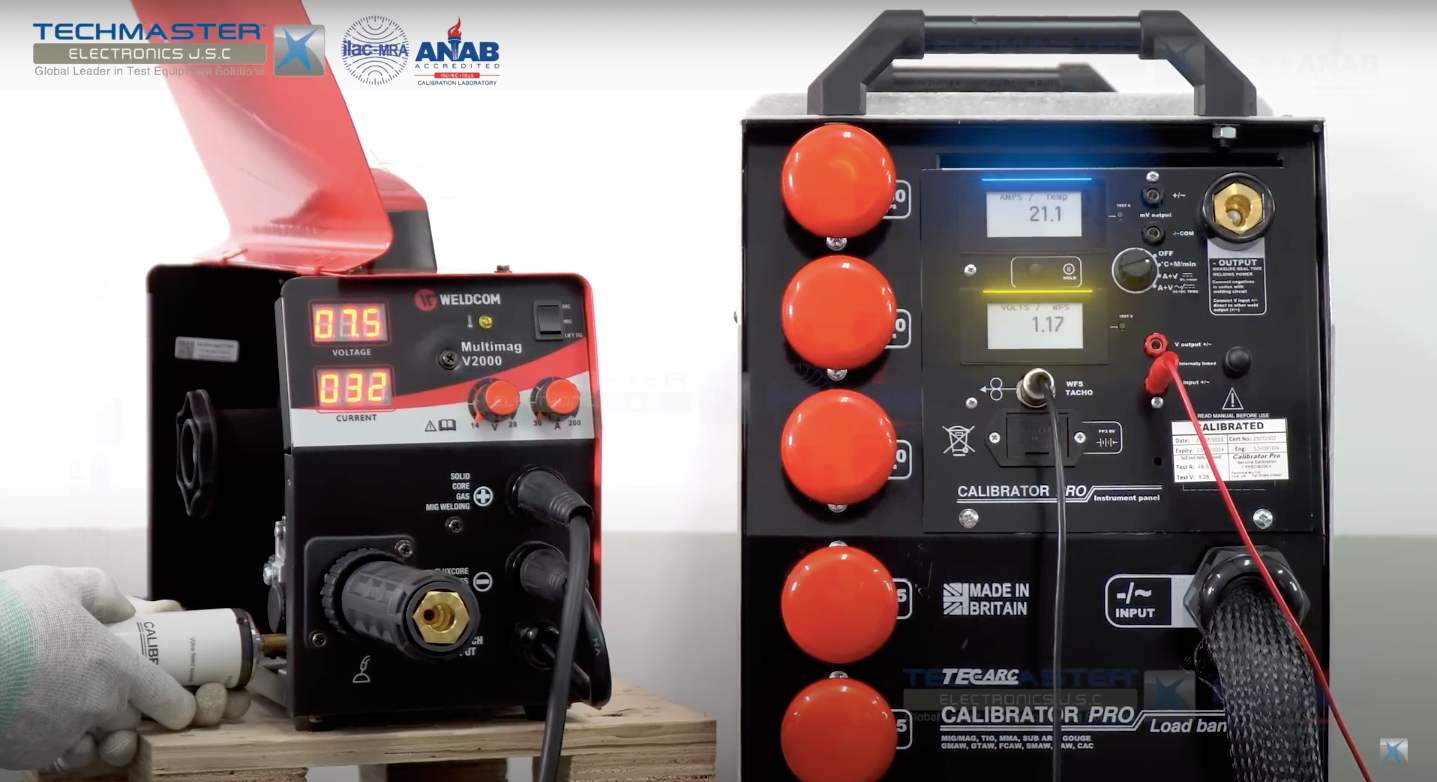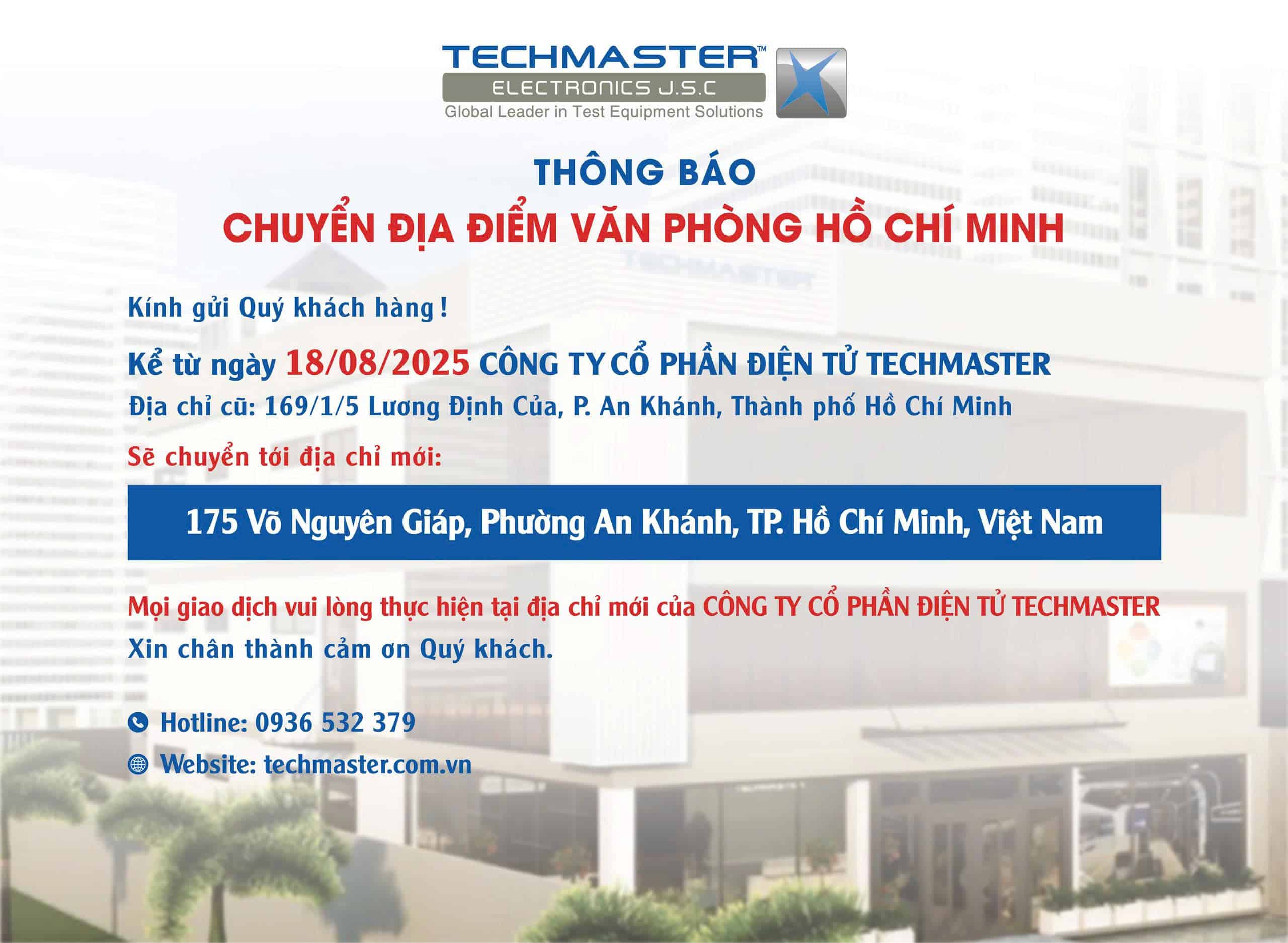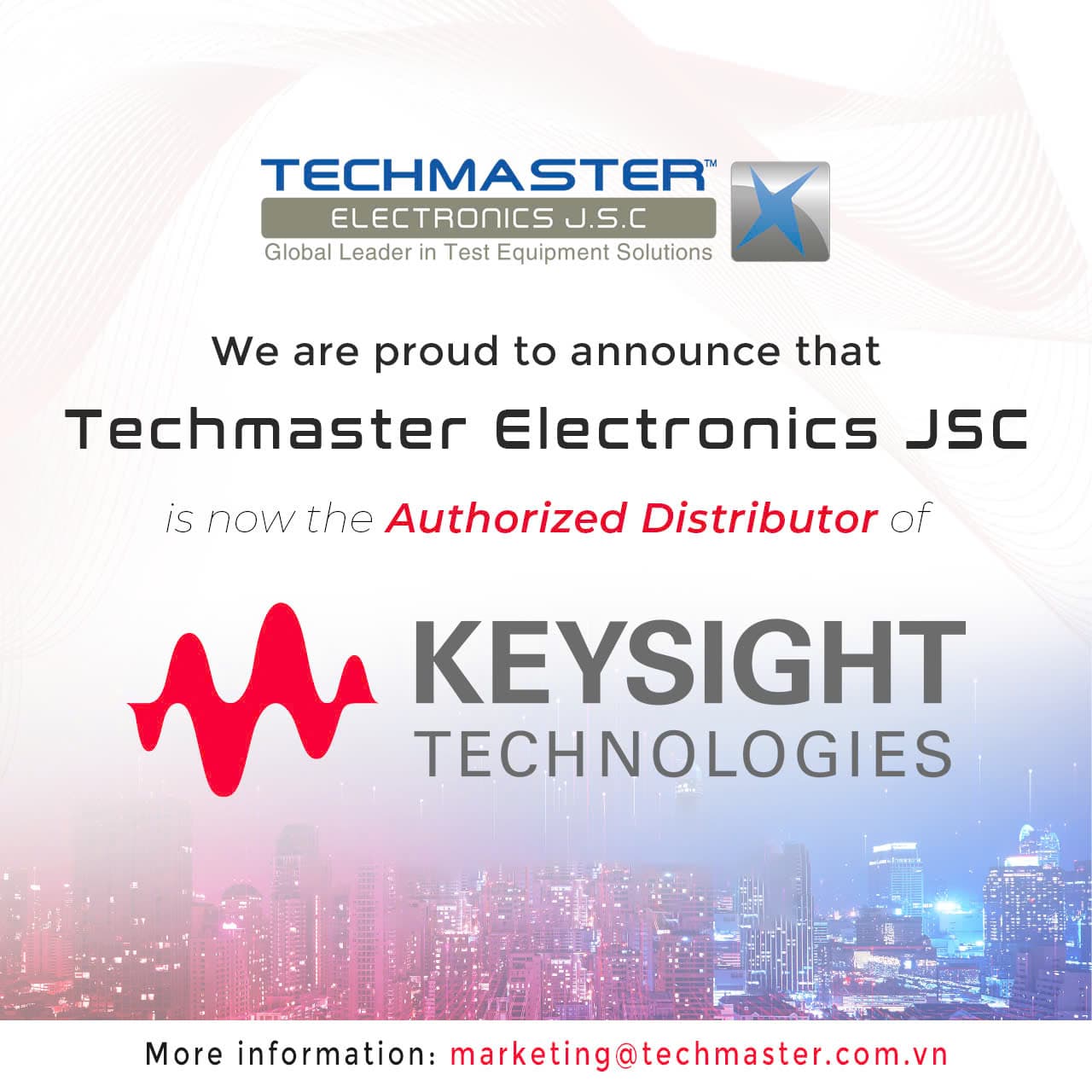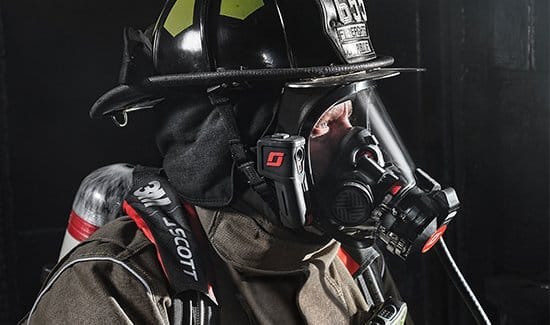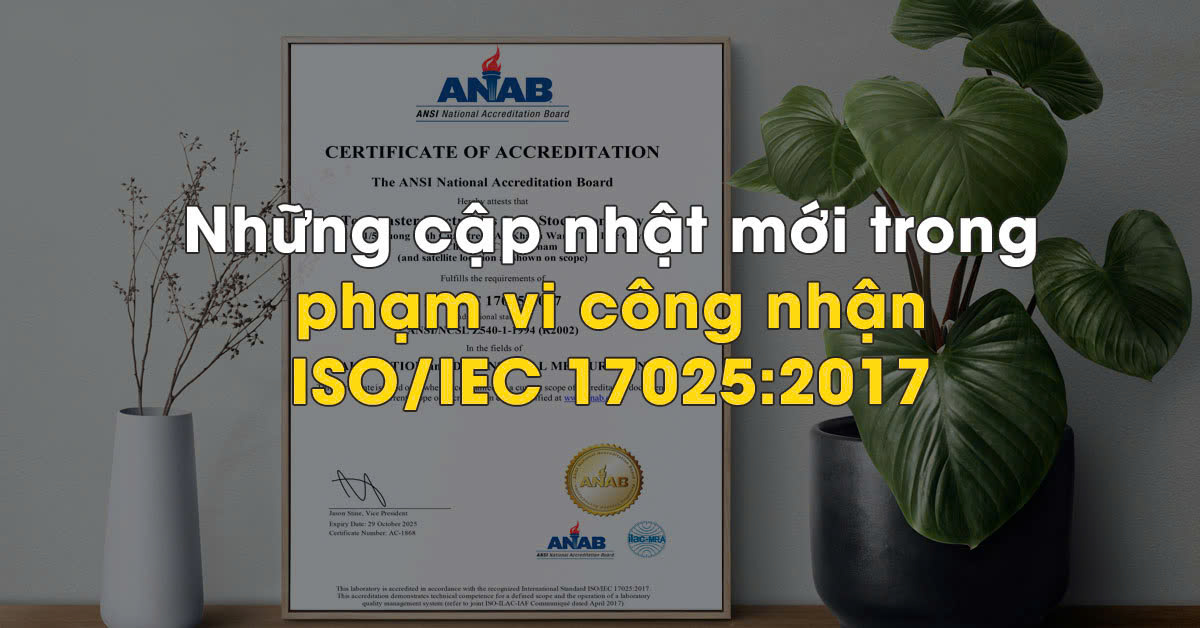In the manufacturing and mechanical fields, a welder isn’t just a tool. It stands as the heart of the metal welding and repair process. With the remarkable advancements in welding technology, managing and calibrating welder have become more crucial than ever. In this article, by introducing the calibration process according to the BS EN IEC 60974-14 standard, Techmaster will provide a clear and detailed insight into welder calibration, ensuring peace of mind and reliability throughout the production process.
Introduction to welder
What is a welder?
The welder is an essential tool in creating strong connections between different metal pieces. It’s not just about a simple ‘connection’; it forges robust welds and firm bonds, ultimately producing high-quality end products.
Welder operate by generating high temperatures to fuse the metal pieces together. This welding process typically involves electricity, gas, or other forms of thermal energy to create the necessary hot spot for joining the metal pieces.
There exist various types of welder, ranging from modern electronic devices with automatic adjustment features ensuring accuracy and stability in the welding process, to traditional welders using different heat sources. Modern welding technology not only focuses on creating strong connections but also emphasizes enhancing safety, energy efficiency, and increasing production efficiency.
Welding technology in today’s industry
The role of welder
Welders play a crucial role across various industries, from automotive manufacturing, shipbuilding to constructing bridges and in the metal production industry. The diversity in their operation methods and applications is crucial, generating flexible welding solutions to meet every user’s need and requirement.
Why calibration of welder is essential ?
Disadvantages of old welder calibration methods
Old methods were often used in the absence of guiding standards.
1. Detaching current and voltage measuring instruments from the weldier for calibration
The drawback of this method is its limited assessment, focusing solely on the accuracy of current and voltage meters without evaluating the internal measuring system of the machine. It fails to detect weaknesses in power output or instability under heavy loads.
2. Measuring current and voltage parallel to the actual welding process
This method leads to inconsistent calibration results, heavily reliant on the welder’s skills and the workpiece, especially challenging with high power levels.
Due to these significant drawbacks of older methods, adhering to proper procedures and standards in welding machine calibration has become a crucial key.
The significance of welder calibration
Regular management, inspection, and calibration of welding machines offer numerous benefits. These include ensuring operational safety, maintaining consistent and stable weld quality, reducing dependency on the skills of the welder, as well as saving costs and production time.
Given the significance mentioned above, international standards such as ISO 17662 (Calibration, verification, and validation of equipment used for welding including ancillary activities), and BS EN IEC 60974-14 (Calibration, validation, and consistency testing) have been issued to standardize the control and calibration of welder.
Introducing the standard device Calibrator Pro 1000
The Calibrator Pro 1000, manufactured by Technical Arc, a British company, boasts several outstanding features:
- Compliance with BS EN 60974-14 and various international standards, offering a compact and flexible design suitable for large workshops requiring frequent mobility.
- A broad measurement range meeting market demands, capable of handling currents up to 1000A and voltages up to 100V.
- Precision surpassing the highest IEC 60974-14 requirements, ensuring suitability for industries with stringent demands like aerospace and nuclear sectors.
- Exceptional load stability, finely tuned with six flexible adjustment levels catering to specific needs, meeting professional design specifications.
- Compatibility for calibrating most welders, including: MIG/MAG, AC/DC TIG/WIG, MMA, SUB ARC, PLASMA Welding. (MCAW, FCAW, SMAW, GTAW, SAW).
- Integration of temperature measurement, welding wire withdrawal rate, and calibration-supporting software compliant with the IEC60974-14 standard.
- Trusted and utilized by prominent welding machine manufacturers such as: BP, Lincoln Electric, Trescal labs (in many countries), Jasic, UKAEA (UK Atomic energy authority), DVS (German Welding Society).
Welder calibration procedure
Techmaster will present the calibration procedure following the BS EN IEC 60974-14 standard through an instructional video clip.
▼ Below are the calibration steps:
– Step 1: Visual inspection
– Step 2: Safety check
– Step 3: Measurement verification
3.1 Calibration of current-voltage accuracy
Techmaster offers welding machine calibration services both in their laboratory and on-site at workshops. This eliminates concerns regarding transportation, time, costs, and equipment risks. With a laboratory meeting the complete ISO/IEC 17025 standards and a team of professional technicians, we ensure to provide the most reliable services to our customers, regardless of location.

